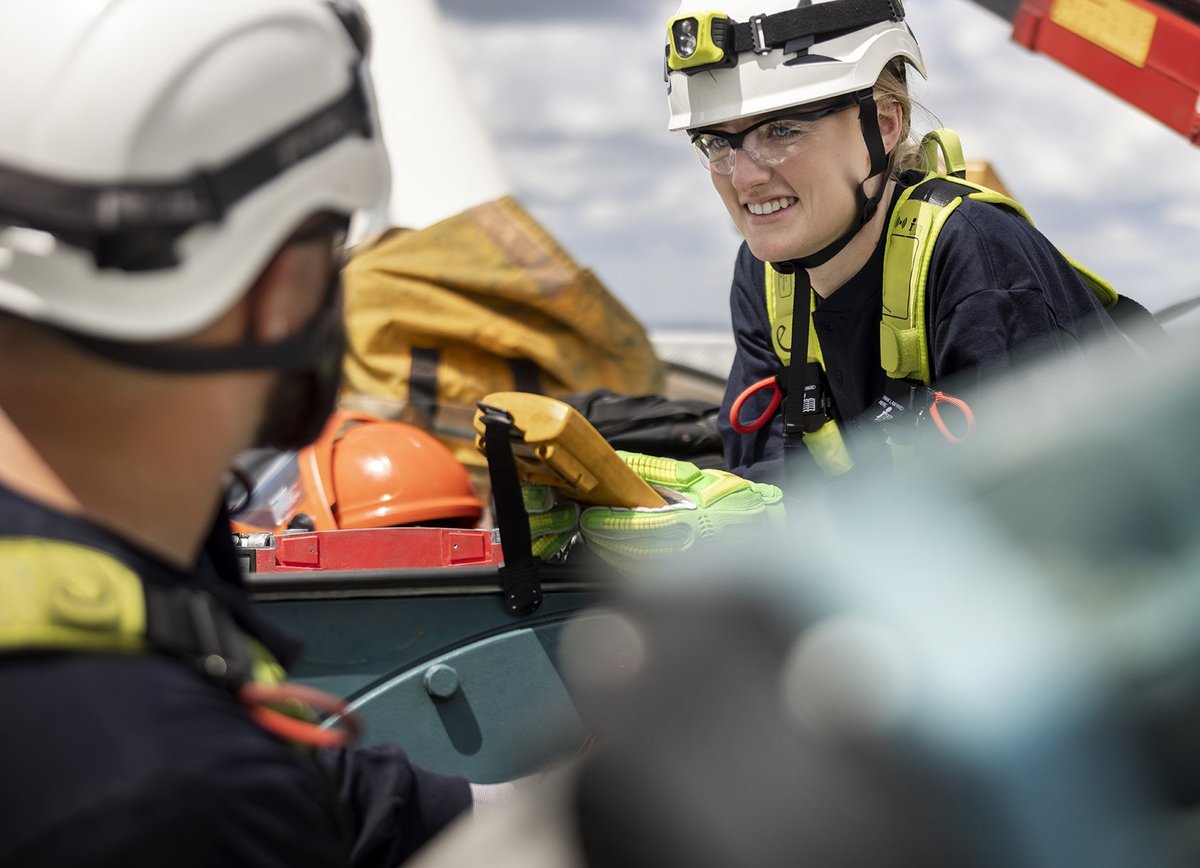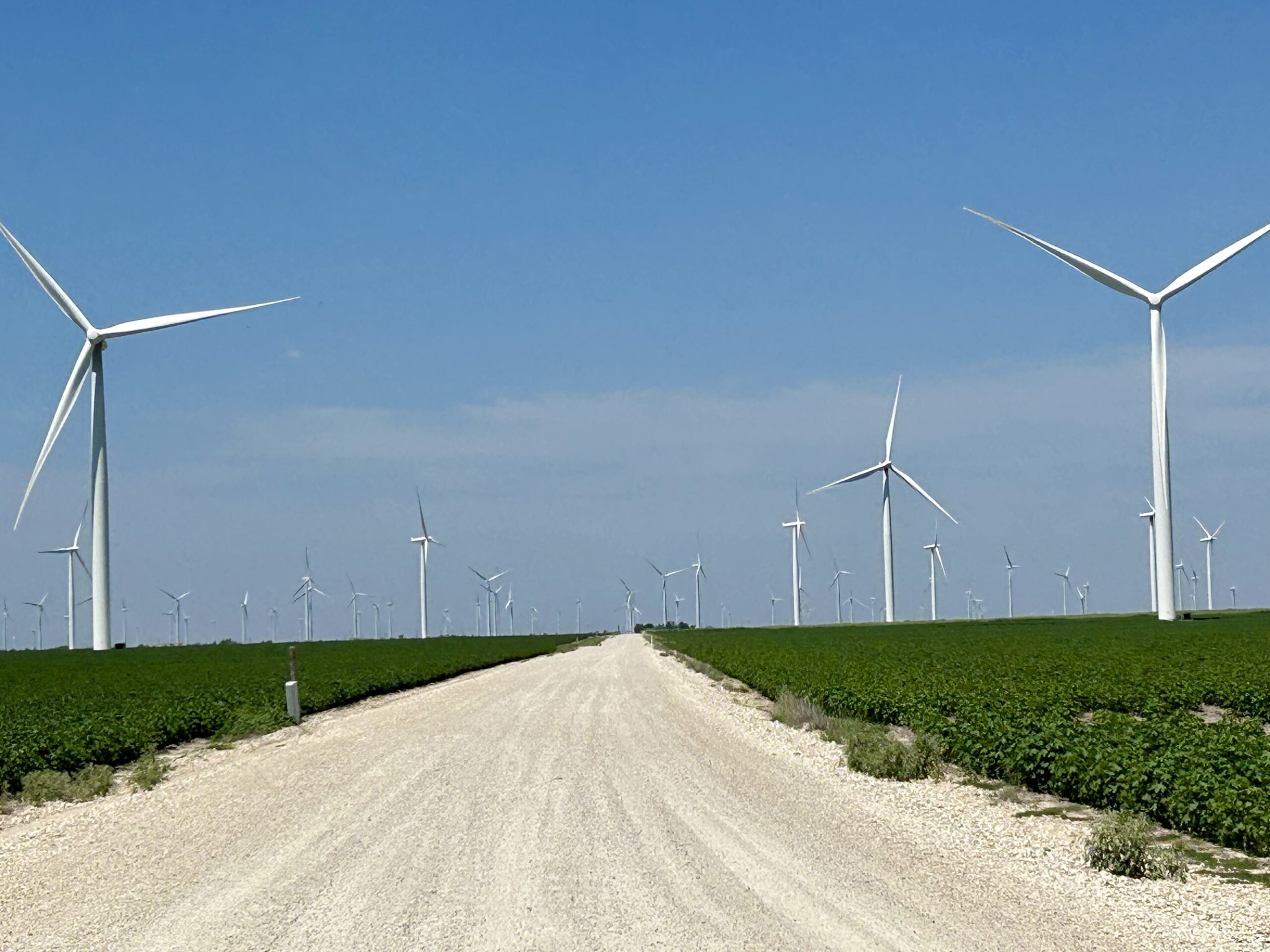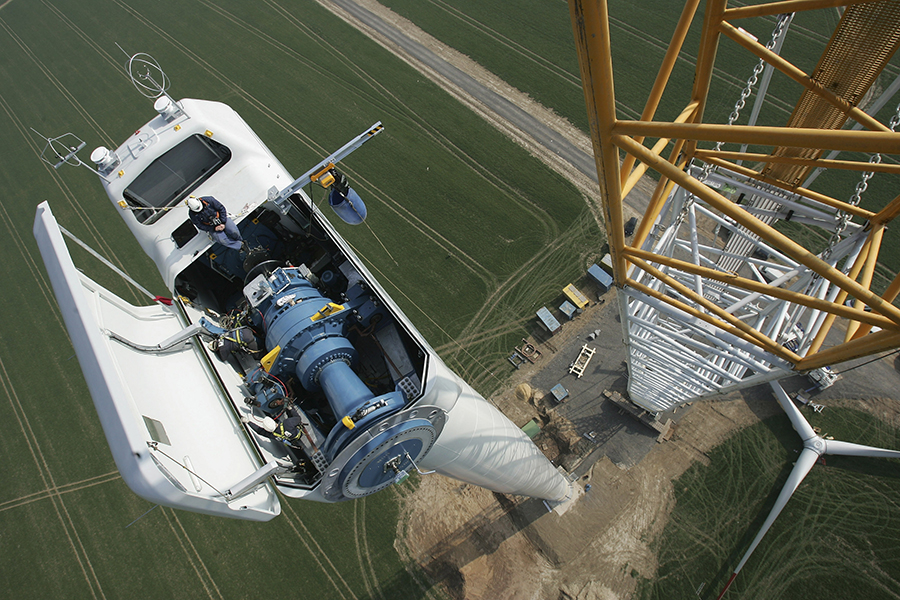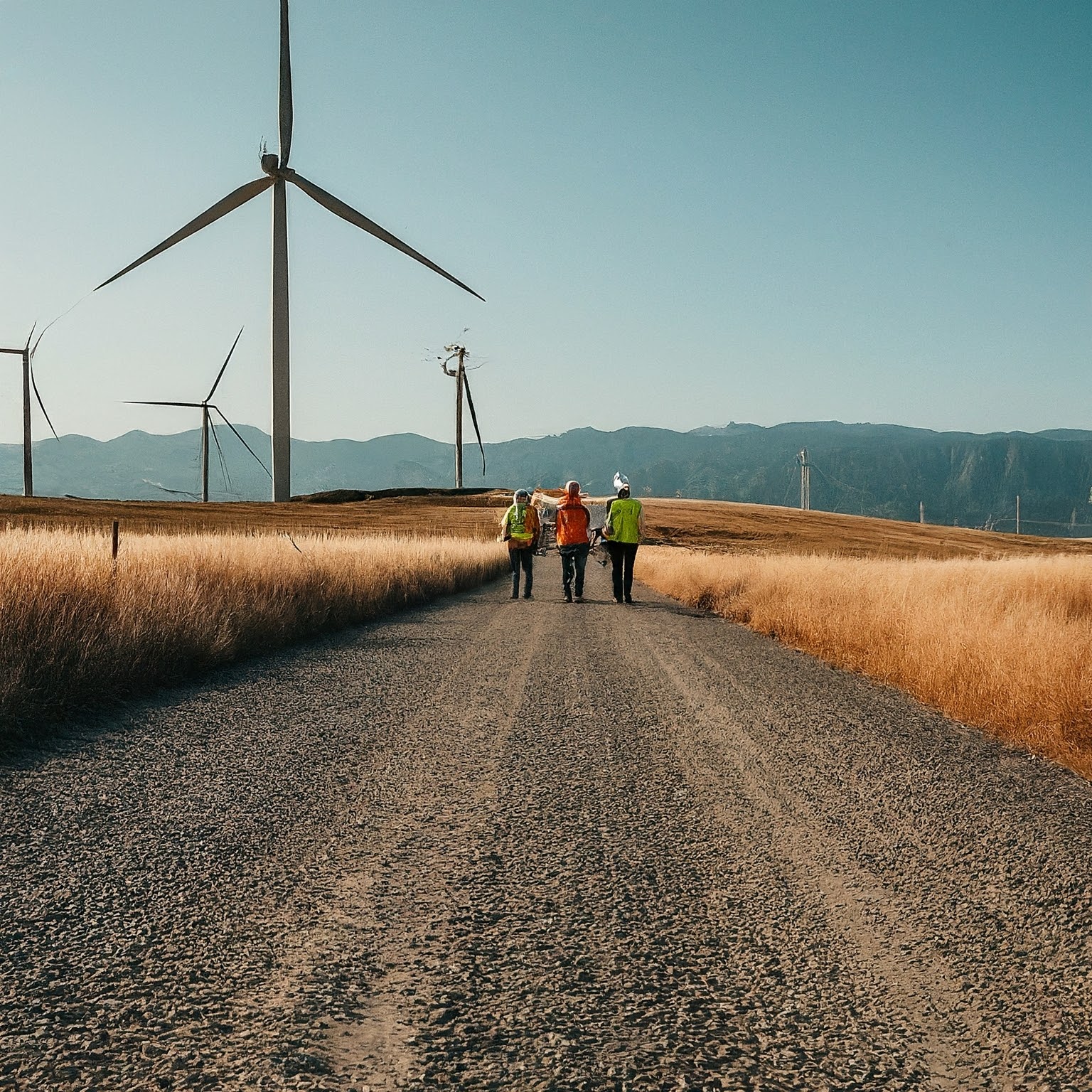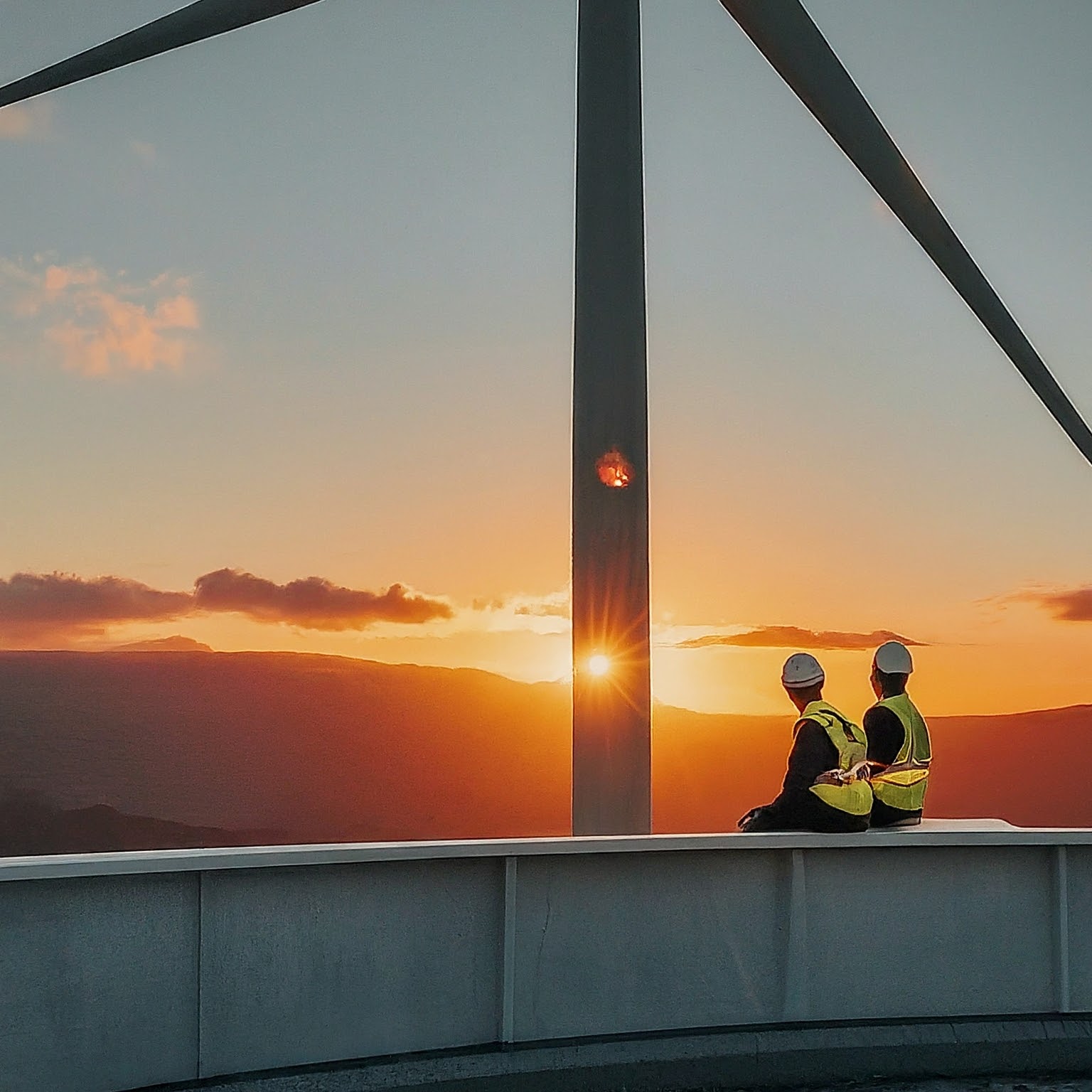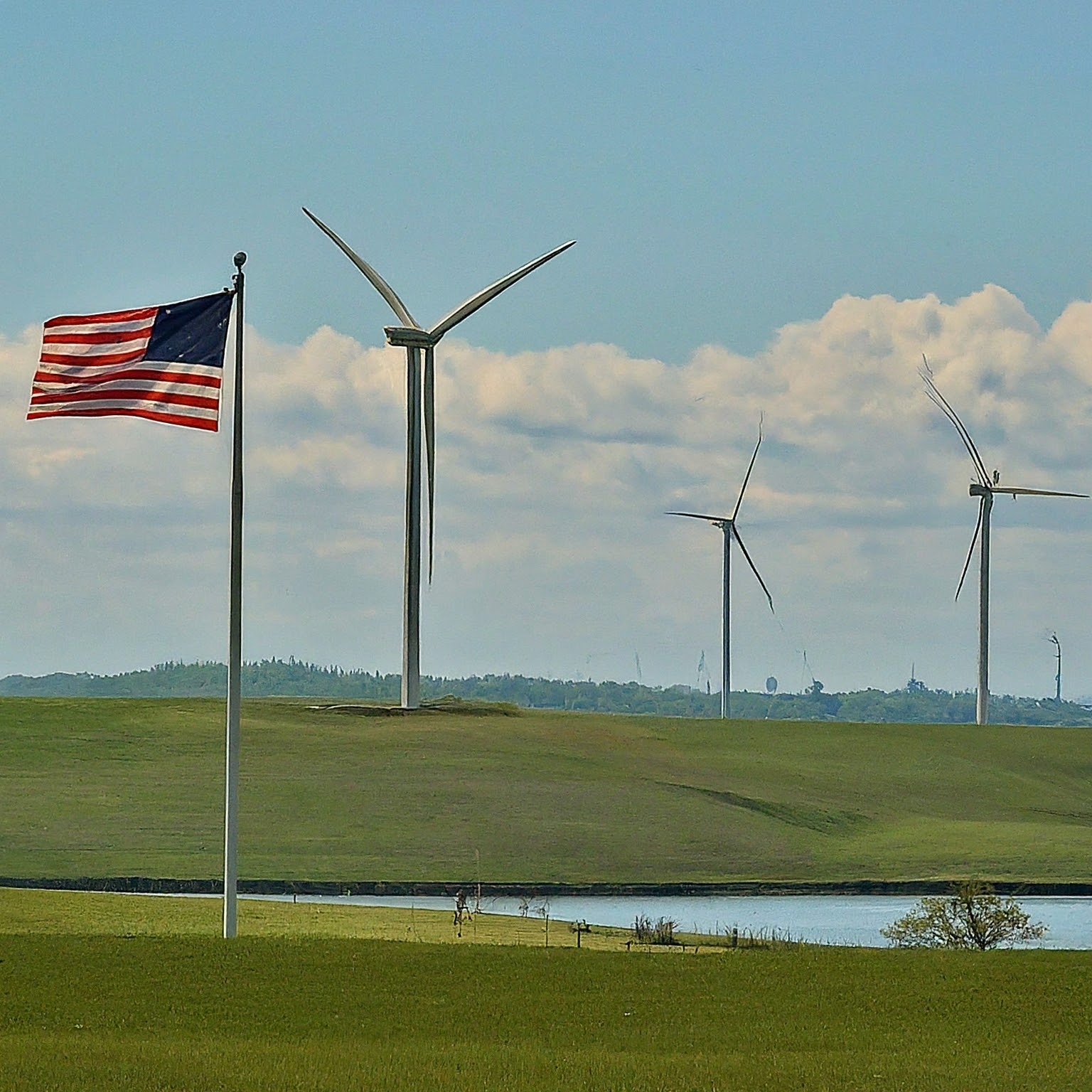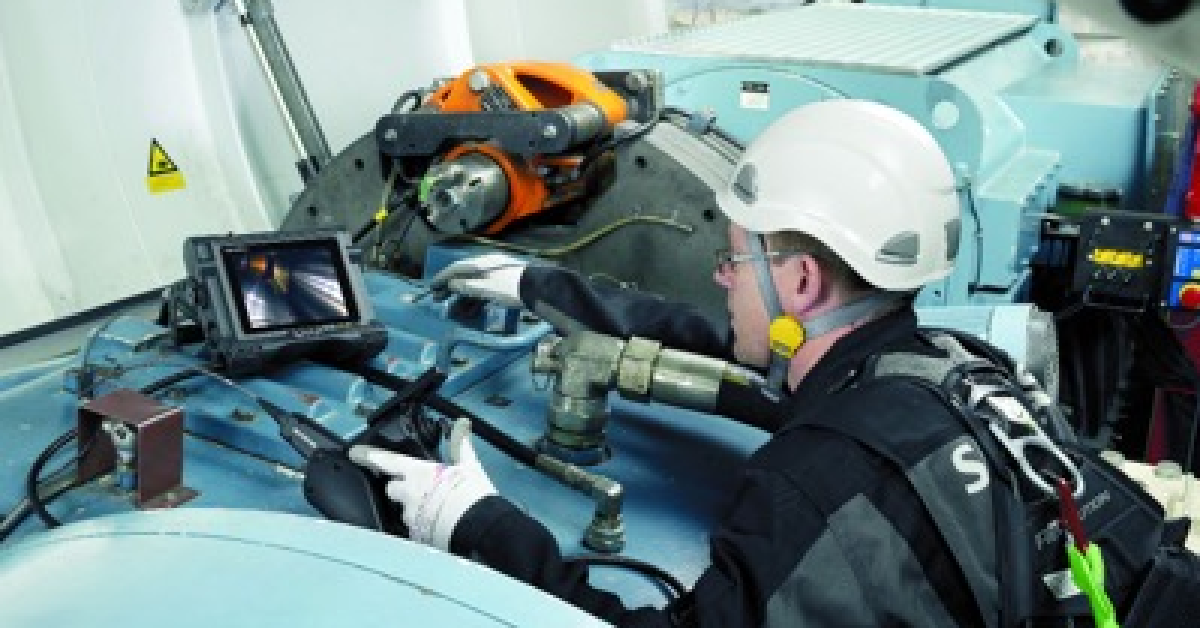Electrical safety for wind techs, all you need to know.
Wind technicians, working with both low and high-voltage electrical systems in wind turbines, must have a comprehensive understanding of electrical safety to comply with NFPA 70E, the standard for electrical safety in the workplace. This standard provides guidelines to protect workers from electrical hazards such as shock, arc flash, and arc blast, which are particularly relevant in the wind energy sector. Below is a breakdown of the key electrical safety knowledge and practices that wind technicians need to be familiar with for both low and high-voltage systems:
Understanding Electrical Hazards
- Shock Hazard: Wind technicians must understand the dangers of electric shock, which can occur when they come into contact with energized parts. Both low and high-voltage systems can pose significant risks, with high-voltage systems capable of causing severe injury or death.
- Arc Flash and Arc Blast: Arc flash hazards occur when an electric current passes through the air between conductors or from a conductor to ground. This can cause extreme heat and pressure waves (arc blast), which can be fatal. Technicians must recognize the conditions that can lead to arc flash and how to protect themselves.
Voltage Definitions and Categories
- Low Voltage (typically under 1,000 volts): Wind turbines often operate on systems that fall under this category for controls, lighting, and communication systems. Technicians need to understand the specific risks and safety measures associated with low-voltage work, which can still be dangerous if not handled properly.
- High Voltage (typically over 1,000 volts): This includes the primary generation and transmission components within wind turbines. High-voltage work involves greater risks, and technicians must be trained in specific safety protocols for working with such systems, including the use of specialized personal protective equipment (PPE) and tools.
Personal Protective Equipment (PPE)
- Arc-Rated Clothing: Technicians must wear appropriate arc-rated clothing when working on or near electrical equipment. This clothing is designed to withstand the heat generated by an arc flash and prevent burns.
- Insulated Gloves and Tools: For both low and high-voltage work, insulated gloves are essential to protect against shock. Technicians must also use insulated tools to prevent accidental contact with live parts.
- Face Shields and Helmets: Arc flash face shields and helmets protect against burns and flying debris caused by arc blasts. These should be used whenever there is a risk of exposure to arc flash hazards.
STL USA partners with world leading PPE manufacturer OEL Worldwide to provide PPE equipment and arc flash clothing for our QEW NFPA 70E standard Low and High Voltage Electrical Safety Training course.
Here are some of the key things that make OEL world-leaders in PPE provision for the wind industry.
- Specialization: OEL Worldwide Industries focuses specifically on electrical safety, providing specialized products designed to protect workers from electrical hazards like arc flash, shock, and electrocution.
- Expertise: Their deep knowledge and expertise in electrical safety allow them to design and produce highly effective and reliable safety gear.
- Standards Compliance: Their products comply with rigorous safety standards such as NFPA 70E, ASTM, and OSHA regulations, ensuring maximum protection for users
- Advanced Materials: OEL uses advanced materials and technologies to enhance the protective properties of their PPE, ensuring it meets the latest safety standards and provides superior protection.
Lockout/Tagout (LOTO) Procedures
- Establishing an Electrically Safe Work Condition: Before beginning any work on electrical equipment, technicians must de-energize the equipment and follow LOTO procedures. This involves shutting off the power, locking the switch in the “off” position, and tagging it to indicate that work is being done. This ensures that the equipment cannot be inadvertently re-energized.
- Verification of De-Energization: After applying LOTO, technicians must verify that the equipment is de-energized using testing instruments. This step is crucial to ensure that no residual voltage is present before beginning work.
Approach Boundaries and Safe Work Distances
- Limited and Restricted Approach Boundaries: NFPA 70E defines specific approach boundaries for different voltage levels. Technicians must be aware of these boundaries and maintain safe distances from live parts unless properly equipped and authorized to enter these areas.
- Prohibited Approach Boundary: This is the closest distance a worker can approach an exposed energized part without proper PPE. High-voltage systems have stricter boundaries, and only highly trained personnel should enter these zones.
Training and Competency
- Electrical Safety Training: Technicians must undergo regular training on electrical safety practices as outlined by NFPA 70E. This training should cover the identification of electrical hazards, the use of PPE, LOTO procedures, and emergency response protocols.
- Qualified Personnel: Only qualified personnel, as defined by NFPA 70E, are permitted to work on or near exposed energized parts. Technicians must demonstrate competency in the specific electrical tasks they are assigned, including understanding the risks and how to mitigate them.
The low and high voltage electrical safety training to standard NFPA 70E course run by STL USA is a wind-specific, face-to-face training program designed to equip wind technicians with the electrical safety knowledge, best work practices in electrical safety and how to apply them in real-world situations.
Head of Training at STL USA, Brandon McKelvain had this to say;
“In my opinion QEW is one of, if not the most important courses for anyone working in an energized wind turbine. This should be a day one course and should be renewed at least every three years. Technicians need and deserve to fully understand the hazards they are being exposed to and what measures must be taken to do their job safely. Unfortunately, it’s still quite common for technicians and companies alike not to fully understand PPE, labels, and how to create an electrically safe work condition. At STL USA we are leveraging our many decades of wind industry experience to create content and exercises that relate to wind technicians. In our QEW LV & HV courses, technicians will put their hands on many different pieces of equipment; absence of voltage testers, load break switches, learn about DMM safety, practice dawning PPE, hang grounds, demonstrate hot-cold-hot checks using proving units, and so much more. We believe QEW training should be more than theoretical, each participant will use critical thinking to apply the knowledge they are learning throughout the training, and prove they understand the safety measures designed to get them home safe!“
Arc Flash Risk Assessment
- Arc Flash Labels: Equipment must be properly labeled to indicate the potential arc flash risk, including the incident energy level and the required PPE. Technicians must be able to read and understand these labels to take appropriate safety measures.
- Incident Energy Calculations: Technicians should understand how incident energy is calculated and how it influences the selection of PPE and the determination of safe working distances.
Emergency Response Procedures
- First Aid and CPR Training: Given the risks of electrical shock and arc flash, technicians should be trained in first aid and CPR to respond effectively in case of an accident.
- Emergency Communication Plans: In remote wind farm locations, having a clear communication plan and knowing the steps for summoning emergency assistance are critical.
Conclusion
Wind technicians working with both low and high-voltage systems need to be thoroughly trained in the electrical safety standards outlined by NFPA 70E. This includes understanding electrical hazards, using appropriate PPE, following LOTO procedures, maintaining safe distances, and being prepared for emergencies. Regular training and adherence to these safety protocols are essential to ensuring the safety of personnel and the reliable operation of wind energy systems.
Learn more about our QEW training course
Click the button to learn more and book your space.

